
Despite being a ‘Northern girl’, and a proud one too, I’m a bit ashamed at how little I’ve written about the North of England among the hundreds of articles on this site.
To be honest, I don’t really have a good reason for this so I want to remedy the matter starting from today. Two things I know for sure, the lack of content certainly does not reflect the wealth of attractions available in Northern England, nor does it express my affection for this region of the UK.
However, like most places, there are some areas of the North that offer more appeal than others. It’s definitely a mixed bag. If you were heading to this region of England for the first time, I wouldn’t exactly point you in the direction of Grimsby or Scunthorpe!
There are definitely some highlights, and I want to start by drawing the spotlight on the charming city of Durham, nestled in the northeast of England. Famed for its historical buildings, quaint appearance, scenic river, and one of the UK’s most prestigious universities, I’d say it’s most comparable to a northern version of Cambridge.
Durham is a city steeped in history, boasting a UNESCO World Heritage site, a captivating cathedral, and an ancient university. While the cobblestone streets, meandering River Wear, and stone bridges harp back to a bygone era, the lively student atmosphere and stylish eateries offer a harmonious blend of old and new.
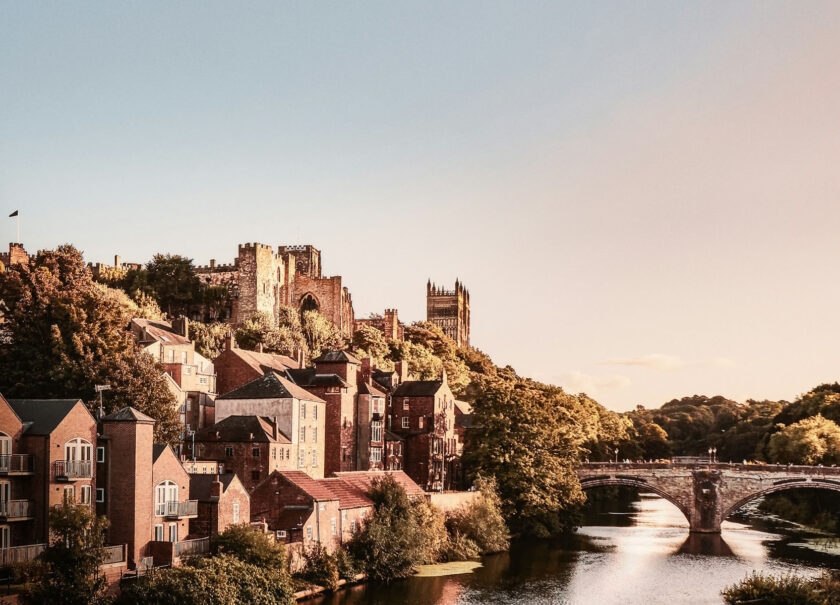
If these are all things that interest you, here are some of the best things you can do in Durham to ensure you make the most of your visit.
Start your day at Flat White Kitchen

First impressions count, that’s why I suggest taking a seat at Flat White Kitchen for either breakfast, brunch, or lunch.
Housed inside a lovingly renovated 17th century townhouse, no expanse to detail has been spared in order to create the rustic environment and delicious food that makes this place one of the best eateries in town. The only downside might be the wait to get seated, in which case it is totally worth the wait.
Famed for its scrumptious breakfast menu, caffeinated drinks, and pastries for miles around. You’ll leave feeling fuelled up and ready to start your day in Durham.
Address: 40 Saddler Street
Website: www.flatwhitekitchen.com
Durham Cathedral

Architectural Marvel: Durham Cathedral stands as a testament to medieval craftsmanship with its roots recalling from the 10th century. Marvel at its stunning Norman architecture, intricate Gothic detailing, stained glass windows, and the iconic rib-vaulted ceilings.

Architecturally speaking, there’s no doubt Durham Cathedral is one of England’s most impressive cathedrals along with those found in York, St. Albans, Winchester and Canterbury. Once you’ve looked up at the long and intricate nave, I’m sure you’ll be in complete agreement.
Historical importance: It owes its existence to the relics of St Cuthbert, one of the great Northern Saints, and the desire to create a suitable resting place for his shrine during a period when the region was under threat from Viking invasion. In the centuries that followed, the Cathedral endured many dramatic events including the reformation and Civil War, but not without being damaged in the process. These days, the Cathedral is protected and receives ongoing restoration.

Climb to the Tower: Embark on a journey to the top of the cathedral’s tower for breathtaking panoramic views of Durham and the surrounding countryside. The climb is rewarded with a closer look at the intricacies of the cathedral’s exterior.
Entry fee to climb the tower: £7. 50.
Website: www.durhamcathedral.co.uk
Durham Castle
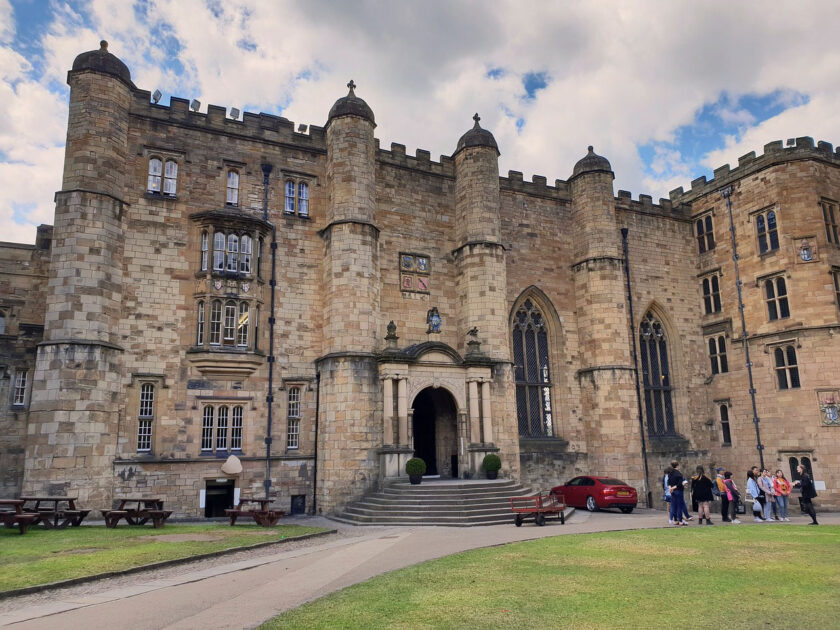
Historic Significance: Durham Castle stands proudly alongside the cathedral, and together they have been award UNESCO World Heritage Status.
Durham Castle’s history begins in the aftermath of the Norman Conquest. Following the Battle of Hastings in 1066, William the Conqueror commissioned the construction of Durham Castle to exert Norman influence in the North of England.
Shorty after the castle became the residence of the Bishop of Durham, who became a Prince-Bishop. Since Durham lied in a buffer zone between England and Scotland, the King granted the Prince-Bishop the right to raise an army, mint his own coins, and levy taxes. However, this all came with the caveat that he remained loyal to the king of England. He could govern as a virtually autonomous ruler, reaping the revenue from his territory, but also remaining mindful of his role of protecting England’s northern frontier.
Today, it now serves as part of Durham University, and is also open to the public for guided tours. A campus with a castle – not many universities can claim to have that. (The marketing team should really think about using that slogan in the prospectus, if they don’t already!).
Guided Tours: Join guided tours to wander through the castle’s grand halls, chapels, and living quarters. Discover the rich history of this fortress, including its role in the Norman Conquest and its transformation into a centre of learning.
Crook Hall & Gardens

Durham is full of gardens and Crook Gardens tops the list of the most beautiful. Incredibly bucolic, this hidden gem feels a million miles away from the urban grind.

Cared for by the National Trust, Crook Hall Gardens features a series of interlinking gardens, each with its own style and character, surrounding Crook Hall, a historic Grade I listed building dating back to the 13th century.
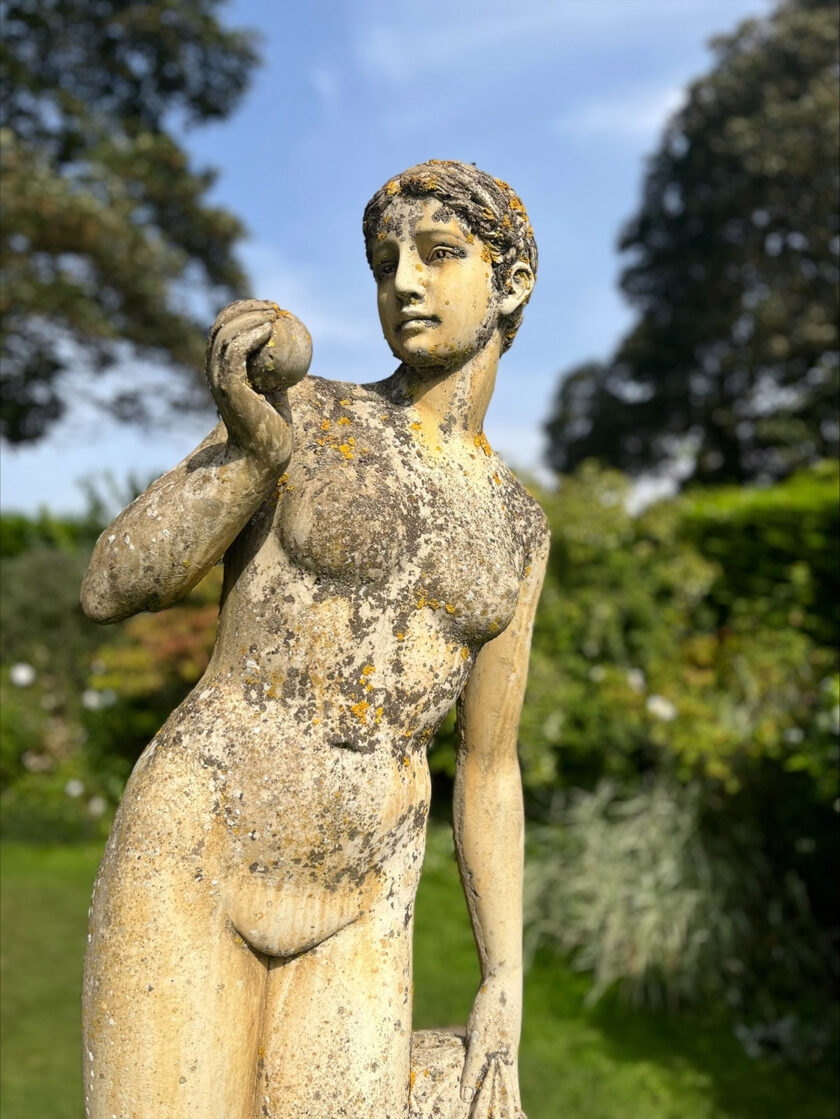
Although entry fee is fairly pricey at £8 for its relative size, I had absolutely no qualms about the price once I started exploring the gardens. It’s clear a lot of pride and love goes into maintaining the life of these beautiful gardens.
What’s more is the peaceful atmosphere that prevails through the grounds. I could easily have spent the whole day whittling away the hours with a book in tow if time had been on my side.
Walk along the River Wear

Historically, the river played a crucial role in the medieval development of Durham, contributing to the strategic and defensive aspects of the city. Today, it provides a scenic city walk when you wish to enjoy the tranquility of the water.
A stroll along the banks serves up picturesque views of the Prebends Bridge, and the cathedral and castle rises above to create a picture-perfect backdrop.
River Cruises: If you fancy a unique perspective of Durham’s landmarks, consider a river cruise. Tours provide a guided commentary of historical insights into the city’s riverside architecture.
Stroll around the side streets and shops
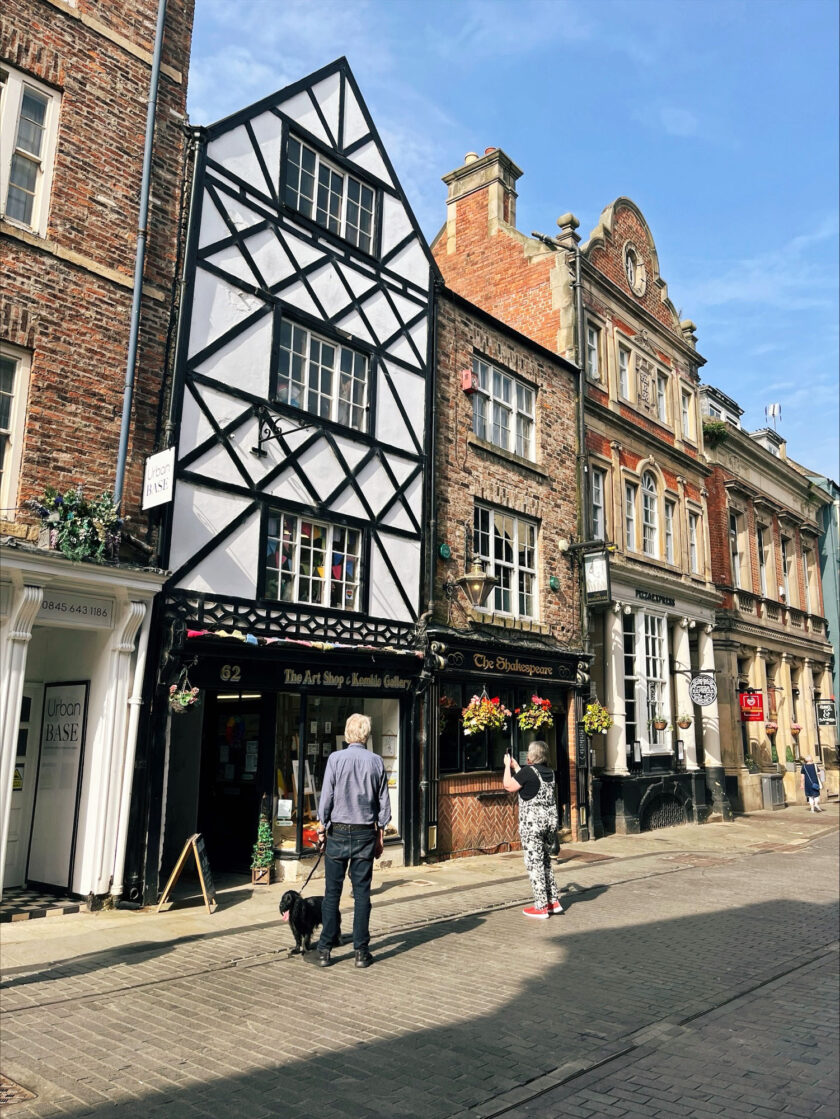
Durham is one of those historical places where the mere act of strolling without any fixed purpose is a pleasure in itself. With an abundance of beautiful architecture, cobbled streets, picturesque greens, and narrow side streets, you’re sure to find delightful details both big and small.
If you’re looking for quintessentially English vibes, be sure to stroll down Saddler Street and N Bailey Street.
For a slice of local life head to the historic Market Place to peruse local stalls offering fresh produce, handmade crafts, and regional specialties. The market buzz is best experienced on Saturdays, but you’ll still find it operating everyday apart from Sundays.
Durham Day Trips
Durham benefits from being within close proximity to the coast and countryside. If you have a car, I also suggest heading out to these places:
High Force Waterfall
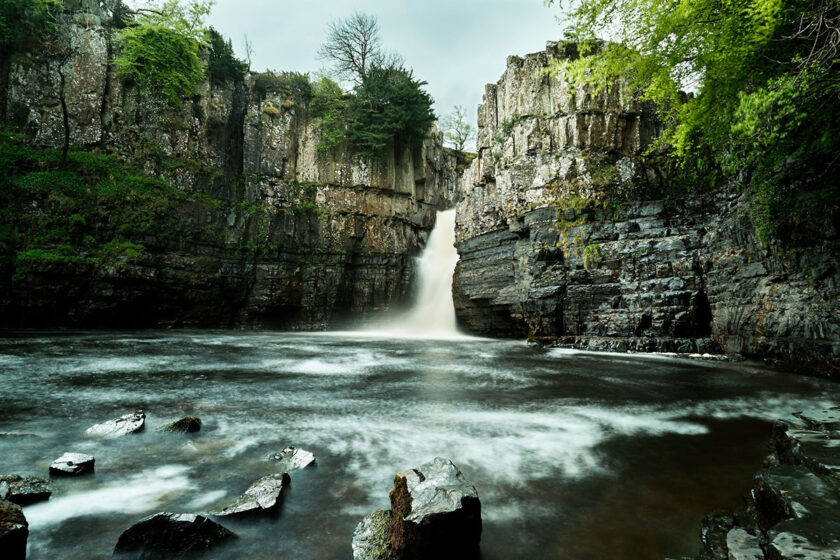
High Force waterfall is one of the most spectacular visions of the Durham Dales, situated in the North Pennines which itself is an area of outstanding natural beauty. The limestone rocks surrounding the gorge are ancient – dating back over millions of years.
Starting from humble beginnings at the top of North Pennines, the River Tees picks up momentum and culminates in a 21-metre drop into the plunge pool below.
How to get there: Park at Low Force then follow the foot path. You’ll cross the winch bridge then follow the river along the path until you reach High Force. Approx 40 mins. Alternatively you can also walk from nearby Bowlees Visitor Centre. Entrance fee £3 per adults, £1 per child.
Note: There’s also a car park for High Force, but I recommend against parking here. You have to pay for this parking and the trail is supposedly not as enjoyable.
Recommended: If you love walking, I suggest making the Durham Dales part of a larger trip to the North Pennies which is full to the brim with stunning walking trails such as Cow Green Reservoir and the cascading waters of Cauldron Snout
Seaham Beach
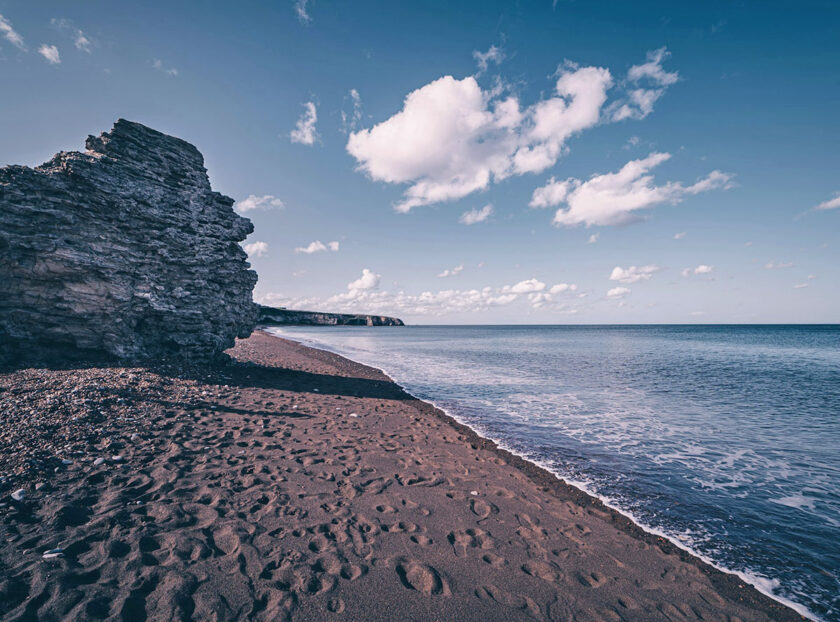
In the sunnier months people flock to Durham’s East Coast. There are several beaches to choose from, but Seaham Beach is a firm favourite among locals and visitors. Part of its appeal is its maritime heritage that can be seen at Seaham Harbour Marina, complete with a lighthouse and many boats.
While you can expect to enjoy the usual activities like frolicking along the sandy beach, exploring coves, and investigating the rock pools, many treasure hunters also go to Seaham to hunt for sea glass.
Seaham Beach is a paradise for sea glass collectors. The colourful sea glass found on the shores is a result of glass dumping by a Victorian glassworks. From the 1850s to 1920s Seaham boasted the largest glass bottle works in Britain – The Londonderry Bottleworks – producing up to 20,000 hand-blown bottles every day.
With far less regulation back then, the bottleworks would dump large amounts of waste glass straight into the North Sea. Over time, the action of the waves has transformed the material into smooth, polished gems. Today, you’ll even find Seaham glass transformed into jewellery.
Getting to Durham
- By Train: Durham is well-connected by train. The main railway station, Durham Railway Station, is centrally located, making it convenient for visitors. Direct trains run from major cities like London, Edinburgh, and Manchester. You can book via the Trainline.
- By Car: If traveling by car, Durham is easily accessible from the A1(M) motorway. The city is well-signposted, and parking facilities are available.




